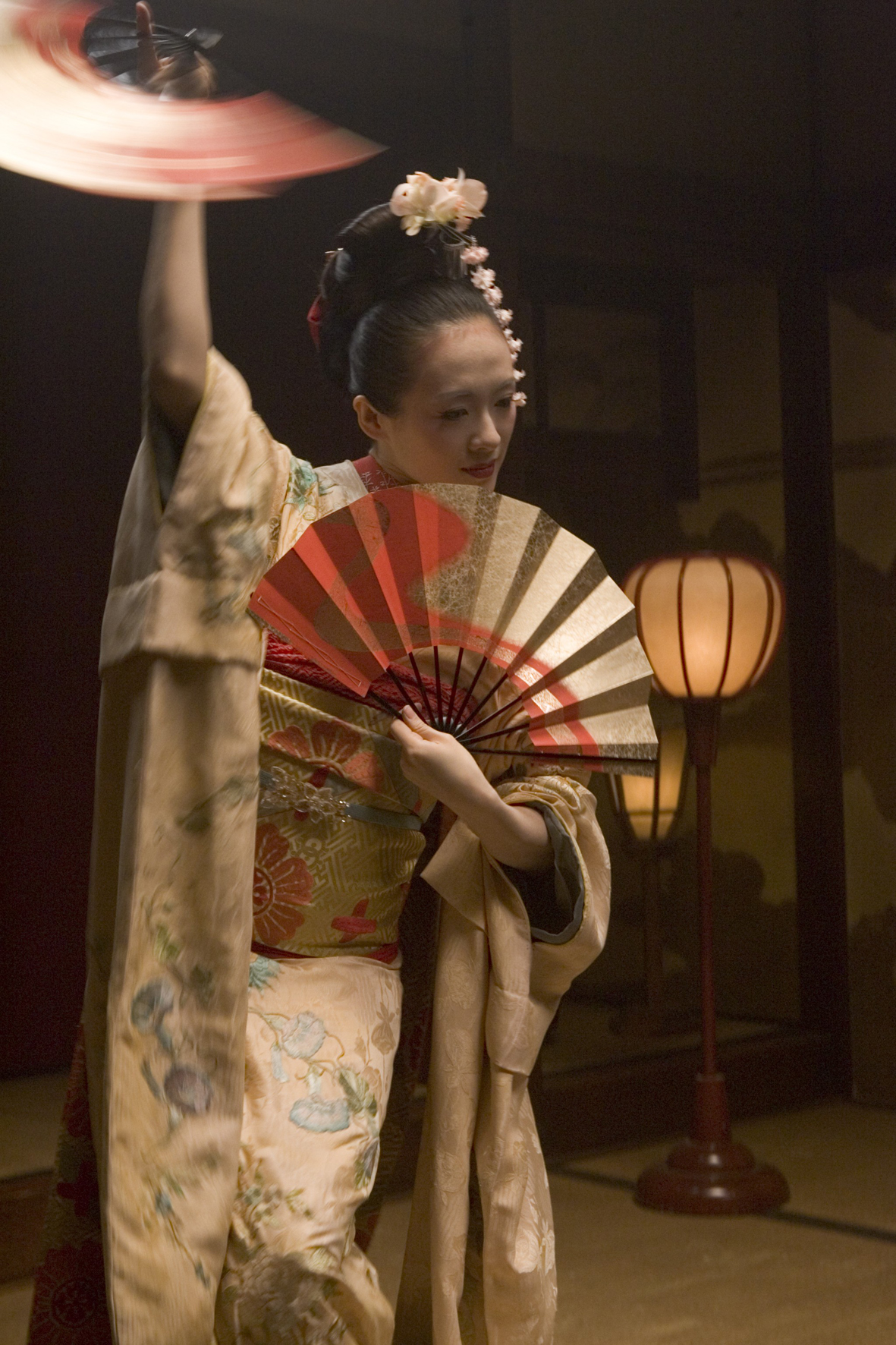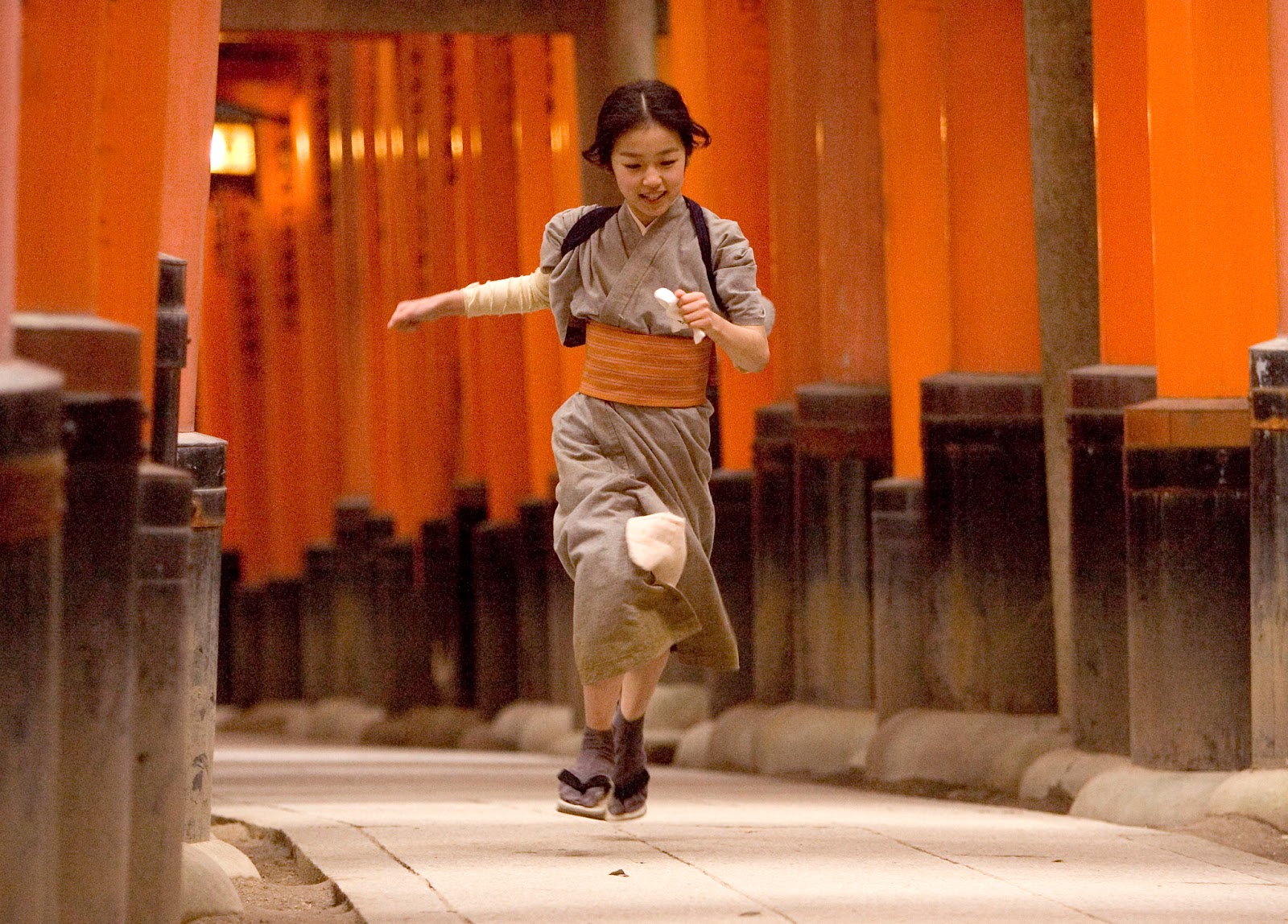
This event is marked with a ceremony called “erikae,” meaning the “turning of the collar,” where she will finally wear the kimono and elaborate wig that denotes a geisha.Ī fundamental element of a geisha's appearance is the brilliant makeup. When a maiko has completed her apprenticeship at around 20 years old, she will become a geisha. They will also attend events with established geisha to learn the correct etiquette to entertain.

Typically, a prospective maiko will make an application to begin an apprenticeship with an “okiya,” which are owned and run by a female head of house called an “okaasan,” meaning “mother.” During her training period, maiko will learn a wide range of skills to entertain her future guests, including learning to play traditional Japanese instruments such as the shamisen and koto, along with singing, dancing, and the art of the Japanese tea ceremony.Īlong with performance, maiko will also study other elements of traditional Japanese culture, including calligraphy, flower arranging, poetry, and literature. The word “maiko” means “woman of dance,” and today their journey usually begins at around 15 years old, soon after graduating junior high school.

Tokyo itself boasts six remaining hanamachi districts, the most prevalent being Asakusa and Kagurazaka.Īn apprentice geisha is called a “maiko.” It takes around five years of training for a maiko to become a fully fledged geisha. Kanazawa has three hanamachi, the most famous being the historic “Higashi Chaya.” Amongst these old streets is “Ochaya Shima,” a beautiful old teahouse built in 1820 that once hosted geisha performances and is now open to the public. The narrow, atmospheric alley of Ponto-cho and Kamishichiken in the northwest are two of Kyoto’s other remaining hanamachi. The area is popular with tourists and is one of the best places to see the modern geisha. The most famous hanamachi in Japan is Gion in Kyoto, where a number of “okiya” geisha lodging houses remain. Geisha districts are known as “hanamachi,” meaning “flower town,” and were established during the 17th century when laws were passed to contain certain forms of entertainment within specific neighborhoods. Today, around half of Japan's geisha live and work in Kyoto, though there are still a few geisha districts remaining in Tokyo, Kanazawa, Niigata, and Hachioji.

Despite more stable career paths available, some young women are still drawn to the allure of becoming a geisha. Though the number of geisha in Japan has steadily declined since the golden age of the late Edo Period (1603-1867), it's estimated that there are still around 600 geisha working in Japan today.


 0 kommentar(er)
0 kommentar(er)
